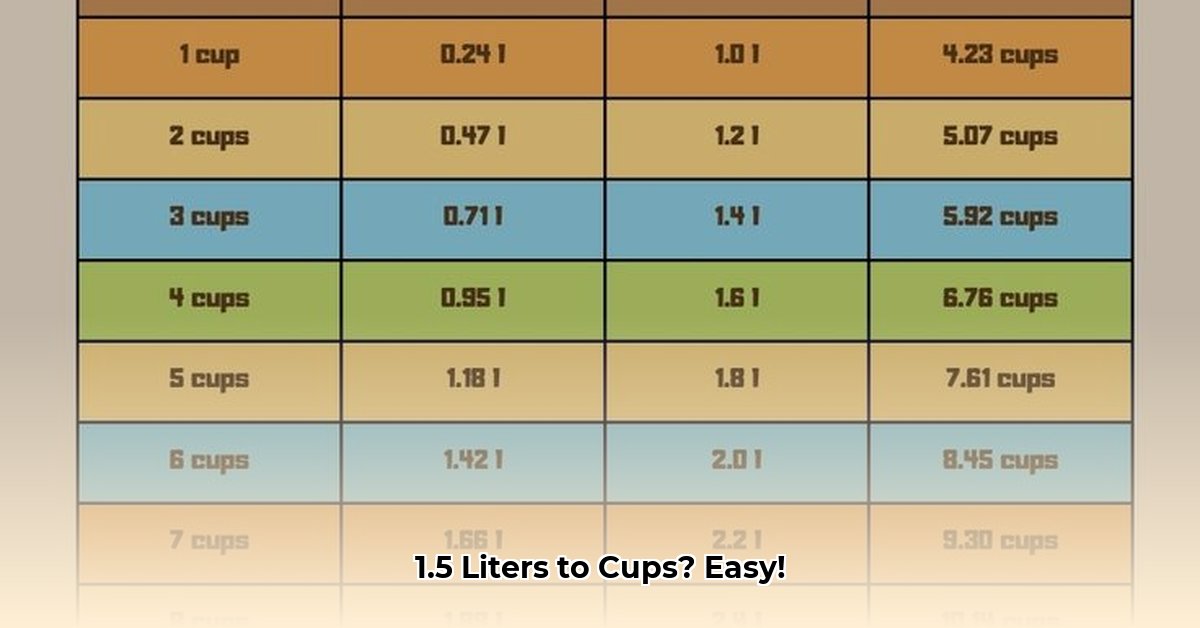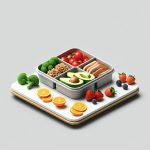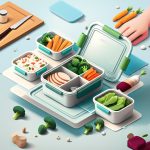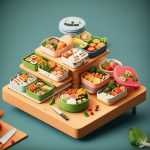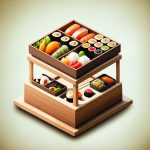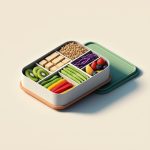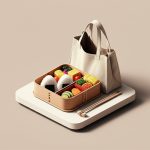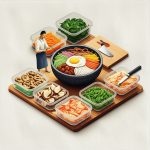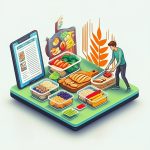1.5 liters = 6.34 US cups
What Does 1.5 Liters Convert to in US Cups?
Need a quick answer? 1.5 liters equals approximately 6.34 US cups. This conversion is essential for anyone following recipes that use different measuring systems. Let’s explore the details behind this conversion.
Defining Liters and US Cups
-
Liter (L): A metric unit of volume equal to 1,000 cubic centimeters (cm³). It’s a common measurement for liquids and volumes in many parts of the world. A liter is slightly larger than a US quart.
-
US Cup: A unit of volume primarily used in US cooking, equal to 8 US fluid ounces (fl oz), or approximately 236.588 milliliters (mL). It’s crucial to distinguish this from the metric cup (250 mL) to ensure accurate measurements.
Conversion Formula and Table
The conversion formula from liters to US cups is:
Liters * 4.22675 ≈ US cups
For everyday use, rounding the conversion factor to 4.23 is generally sufficient. So, 1.5 liters * 4.23 ≈ 6.345 US cups, which we typically round down to 6.34 cups.
Here’s a handy conversion table for common liter-to-cup conversions:
| Liters (L) | US Cups (approx.) |
|---|---|
| 0.25 | 1.06 |
| 0.5 | 2.11 |
| 1 | 4.23 |
| 1.5 | 6.34 |
| 2 | 8.45 |
| 2.5 | 10.57 |
| 3 | 12.69 |
Why Is the Conversion Approximate?
The conversion factor between liters and US cups isn’t a whole number. The exact conversion factor is 4.2267528377…, which we often round to 4.23 for practical purposes. This rounding introduces a small degree of inaccuracy, but it’s usually negligible for cooking and most everyday applications. However, in precise applications like scientific experiments or some types of baking, using the more accurate conversion factor may be necessary.
Practical Measurement Tips
-
Use the Right Measuring Cups: For liquids, use liquid measuring cups with a spout for easy pouring. For dry ingredients, use dry measuring cups designed for leveling off with a straight edge.
-
Level Off Dry Ingredients: Don’t scoop dry ingredients directly from the container. Spoon them into the measuring cup and level off with a straight edge like a knife or spatula to ensure accurate measurements.
-
Consider Weighing Ingredients (Especially for Baking): For the most accurate measurements in baking, use a kitchen scale and measure ingredients by weight (grams or ounces). This eliminates variations caused by different packing densities of ingredients.
Applying the Conversion: Real-World Examples
This conversion comes in handy in various scenarios:
-
Cooking: Converting recipe measurements from liters to cups (or vice-versa) is crucial for anyone using recipes from different regions or countries.
-
Hydration Tracking: If you’re tracking your water intake in liters but prefer to visualize it in cups, this conversion helps.
-
Understanding Product Labels: Some product labels may list volumes in liters, and knowing the equivalent in cups can help consumers compare quantities.
Addressing Common Questions
Why are there decimals in the conversion?
The metric and US customary systems are based on different units. This fundamental difference means there isn’t a perfectly whole number ratio between liters and cups.
What’s the difference between US and metric cups?
A US cup is 8 fluid ounces (approximately 236.588 mL). A metric cup is 250 mL. Using the wrong cup can significantly affect your measurements, especially in baking. Some recipes are very sensitive to these seemingly small differences.
When is precision most important?
While approximate conversions are fine for many cooking situations, some baking recipes and scientific applications require more precise measurements. In such cases, using the more accurate conversion factor or weighing ingredients is recommended. The potential variations introduced by rounding could affect the final product.
What if my recipe is in metric cups?
While less common in the US, if your recipe uses metric cups (250 mL), the conversion is slightly different. One liter is equal to four metric cups.
Are there ongoing efforts to standardize measurements?
While there have been and continue to be discussions about globally standardizing measurement systems, both the metric and imperial systems remain widely used. This makes understanding conversions like liters to cups an important skill.
By understanding the conversion between liters and US cups, you can confidently navigate recipes, product labels, and other volume-related situations. And remember, when precision is paramount, using the exact conversion factor or weighing your ingredients can make all the difference.
- Where to Buy Bento Boxes for Healthy, Organized Meals - December 9, 2025
- Plastic Bento Boxes Make Meal Prep and Cleanup Effortless - December 8, 2025
- Shop Bento Lunch Boxes on Sale Nearby Now - December 7, 2025
